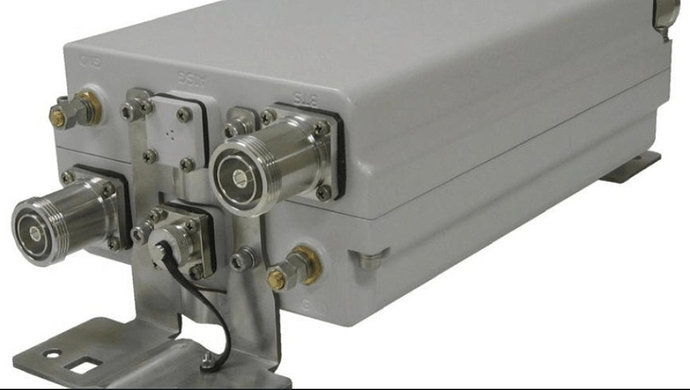As cellular mobile networks continue to expand, operators keep trying to find cost-effective ways to improve network performance. Recent years have seen the introduction of Remote Radio Head (RRH) modules as part of the Base Stations (BS). These provide the operator with the benefits of a less expensive solution by placing all the active Radio Frequency (RF) components at the top of the tower.However, this solution can’t be used in all situations. Tower loading, or site access restrictions can in many instances restrict the installation of RRH at the top of the tower. Hence, the older generic site installation practice of using an RF feeder to go from the antenna to the Base Transceiver Station (BTS) is still used in many applications. This scenario does introduce the potential need for tower-mounted amplifiers that can provide increased capacity and better coverage.
Base Station Cell Coverage Fundamentals
The two primary components of any cell are the operator’s BS installation and the customer User Equipment (UE). These two items must effectively and consistently communicate with each other.
Installed at a fixed location, the BS is the major component of the cell. While there are many geographic and environmental issues to consider, this is where all network coverage improvements are to be made.
The UE is powered from a battery. It has low transmit (Tx) power and a small antenna, and is therefore often the weak link in the communications chain. The amount of “talk time” available is a function of the rate that stored power is consumed from the battery. The less power that the UE needs to output, the longer the battery will last.
Tx power from the UE is controlled by a command from the BS. Here the quality of the received (Rx) signal from the UE is continually monitored. The result is a Bit Error Rate (BER) value that the BS attempts to minimize by instructing the UE to increase its Tx power.
BS equipment is designed to have enough Tx power for its signals to reach the outer limits of a cell, as well as matching Rx sensitivity to detect signals from UEs transmitting at this outer limit. Both are generally measured in dB and are referred to as the link budgets. The signal strength relationship between the BS Downlink (Tx) and Uplink (BS Rx or UE Tx) is referred to as the link budget balance.
Base Station Cell Coverage in practice
In practice, network operators have found through field tests that the uplink is the cause of less than expected theoretical coverage. The downlink signal strength at the outer limit of a cell is generally well within specification, but the received signal from the UE is either marginal or not detected by the BS receiver at all.
Base Transceiver Station Receiver Sensitivity
BTS Receiver sensitivity is a function of the sum of three fundamental factors: Thermal Noise, Signal-to-Noise Ratio (SNR) and Noise Figure (NF).
As far as the network operator is concerned, both Thermal Noise and SNR are fixed. The only component affecting receiver sensitivity that may be improved by the operator is the Noise Figure (NF).
Benefit of Installing a Tower Mounted Amplifier
A TMA reduces the Noise Figure of the base station receive path and therefore increases sensitivity.
This increase in coverage is a direct result of improving the BS uplink sensitivity.
While a TMA will improve BTS uplink sensitivity, it also introduces additional gain to the Rx system and thereby improves the uplink budget.
Do TMAs fully compensate for UL degradation when the RRU is moved to the ground?
To answer this question we can refer to the white paper titled "TMA Impact on Uplink Throughput", where RF planning software was used to perform a series of predictions based on a typical cluster of base stations in an urban area. The white paper shows that TMAs help improve throughput in major parts of the coverage area.
